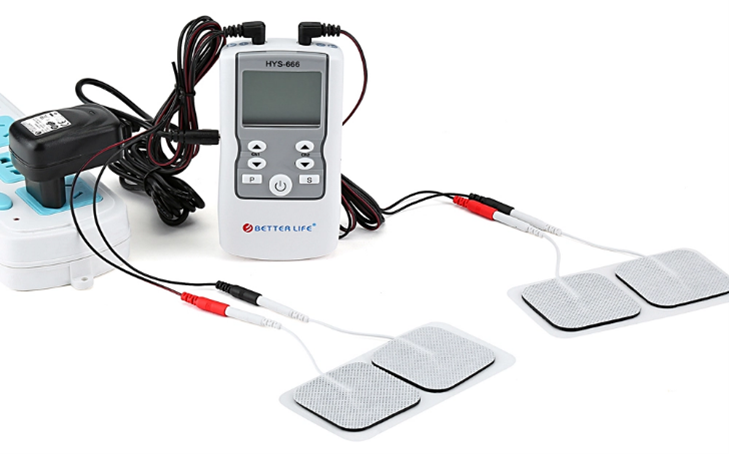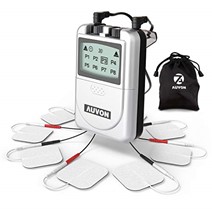Electrical stimulation of the spinal cord to rejuvenate dormant circuits in people with physical disability
Research article  Open access |
Available online on: 26 October, 2021 |
Last update: 28 February, 2022
Open access |
Available online on: 26 October, 2021 |
Last update: 28 February, 2022
1. Introduction
With the emerging new technology aids such as Spinal Cord Electrical Stimulators, new hope is being found for people who have suffered spinal cord or brain injuries that led to severe mobility issues and sometimes total paralysis. Brains usually are passing message through the spinal cord nerve channels to make muscles move and body parts accordingly. People with physical disabilities, particularly who are suffering from spinal cord injuries have that process of nerve signal communication blocked due to nerves damage.
2. How it works
Nerve pathways in the spinal cord can be repaired by tapping into certain populations of nerve cells, called neural circuits, that are found in the spinal column. These circuits also lead to the target muscles, but their signals aren’t blocked by injuries, so some treatments seek to stimulate the ones below the injury site in people with physical disabilities. Research and trails have led to a new trend of emerging neurotechnology which target spinal cord stimulation to enable voluntary control of movement or mobility in individuals with physical disabilities. This neurotechnology helps improving neuroglial and muscular recovery as well as providing support for daily living activities during rehabilitation.
3. Electrical Stimulation Technology
The neurotechnology consist of none-invasive pulse generator devices placed over the skin with real-time triggering capabilities deliver trains of spatially selective stimulation to the lumbosacral spinal cord with timing that coincided with the intended movement of the body part. Electrical stimulation usually starts reorganizing the spared spinal circuit with the intention of improving sensory and motor functions for the people with physical disabilities. In addition, some of the available technology can be controlled by a mobile app to enable people with spinal cord injuries to control the stimulation in real time using smart phones or tablets with the ability of data gathering and analysis.
Electric stimulators devices are similar to the ones used for neuropathic pain that are placed in the lower back of people with physical disabilities and spinal cord injuries to enable a number of sleeping, but intact spinal cord fibers/nerves to rejuvenate and conduct the signal from the brain to the muscles to initiate mobility or movement such as walking or moving the upper body parts or limbs. In recent studies, this technique was combined with a lot of physical training such as loco-motor training on a treadmill, repeating the walking pattern with the help of therapists and of body-weight support.
The wholistic concept of this neurotechnology is to enhancement spinal networks’ impulsiveness via tonic electrical spinal cord stimulation that can impact on the underlying capacity of neural plasticity and can be developed for functional recovery.


Figure 1. examples of spinal cord electrical stimulators
Different types of stimulators, as examples seen above, functioning in similar ways, as they consist of active electrodes and smart digital pre-programed controllers with operational buttons. These devices apply mono-polar pulses of electrical stimulation at increasing intensities through the electrodes that enhances the highest chances of activating the targeted nerve channels. Researchers found that there is a direct relation between electrical stimulation frequency and flexor muscle activity which in the end leads to improvement in mobility and movement as whole.
Trials and research have suggested that programming the electrical stimulation devices to give the best outcomes requires some time, patience and a careful consideration needs to be put in mind when tuning the intensity of the electrical stimulation. For example, If it is too low, the brain signals will be too weak and still not to be activated while, if it is too high, it can generate involuntary movement of a particular body part.
While some researchers and clinicians continue to have different opinions with regards to the effectiveness of these electrical stimulation technology for people with severe physical disabilities due to spinal cord damage, it has been proven to some extent to be an effective electrotherapeutic modality for a variety of physical disability conditions, and stimulators have much potential for use in muscles and nerves performance improvement.
4. Conclusion
The near future of electrical stimulation technology may include more sophisticated and effective functional electrical stimulation systems used for mobility in partially of fully paralyzed disabled people and also the possibility of manipulation or alteration muscle fiber types in people with spinal cord damage.
References
- Willyard, C. (2019). How a revolutionary technique got people with spinal-cord injuries back on their feet. Nature, 572(7768), 20-26.
- Moritz, C. (2018). A giant step for spinal cord injury research. Nature neuroscience, 21(12), 1647-1648.
- Spinalcord.com Team. (2020, December 3). Warning Signs of a Serious Spinal Contusion. Spinal Cord Inc. https://www.spinalcord.com/blog/how-electrical-stimulation-helps-spinal-cord-injury-recovery
